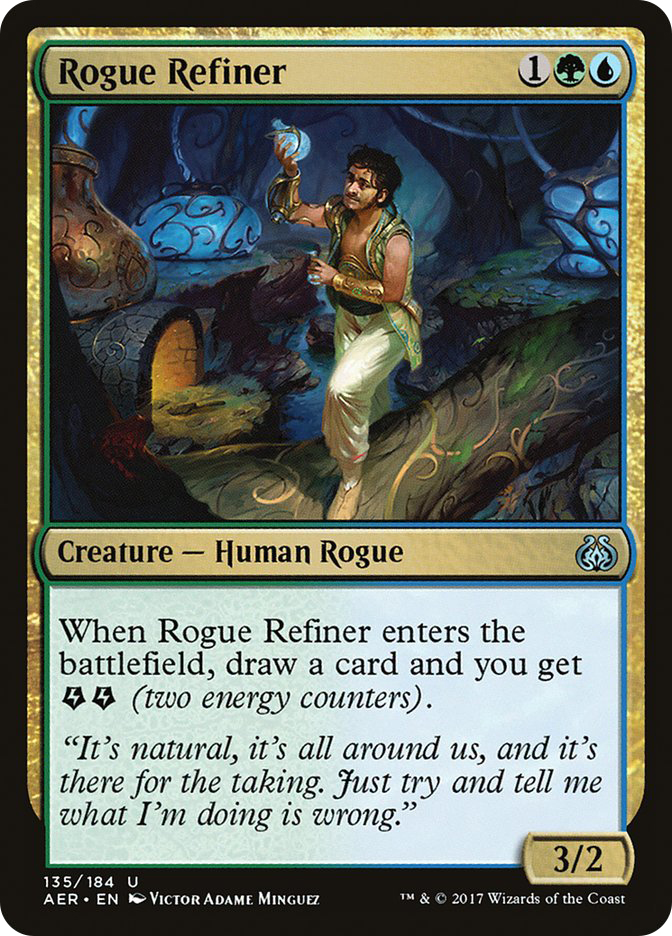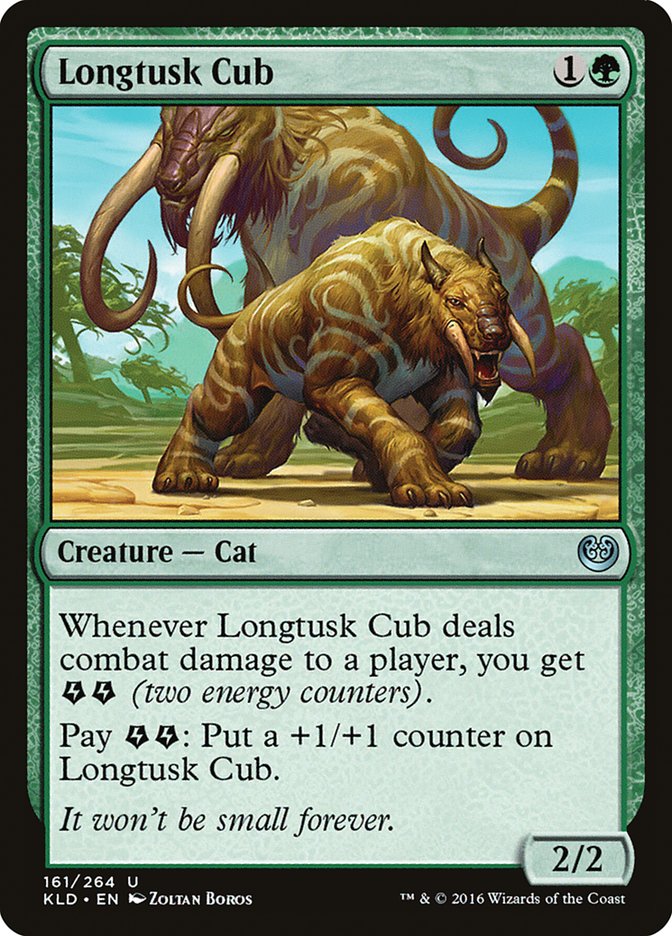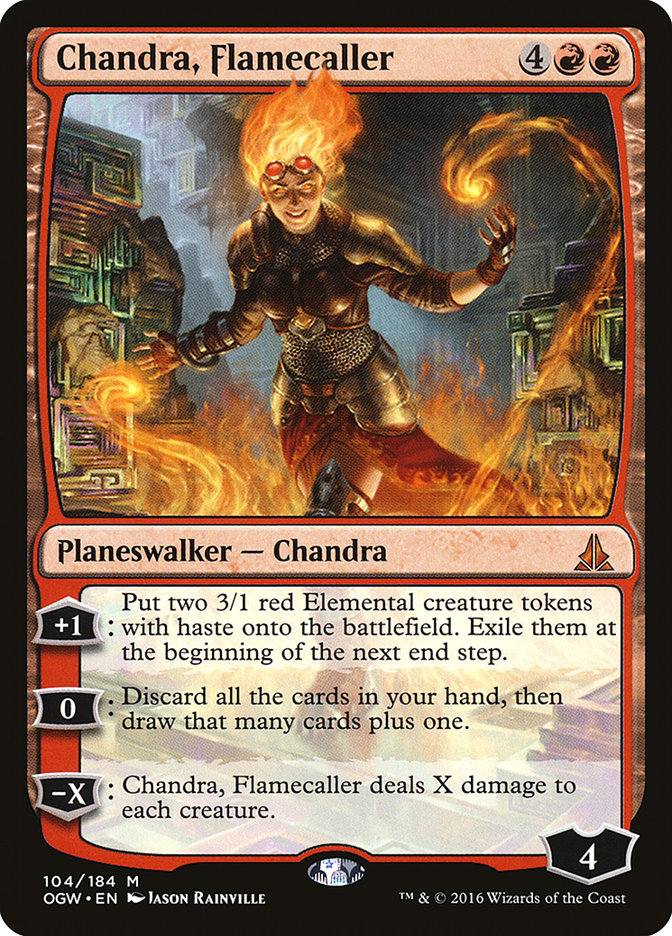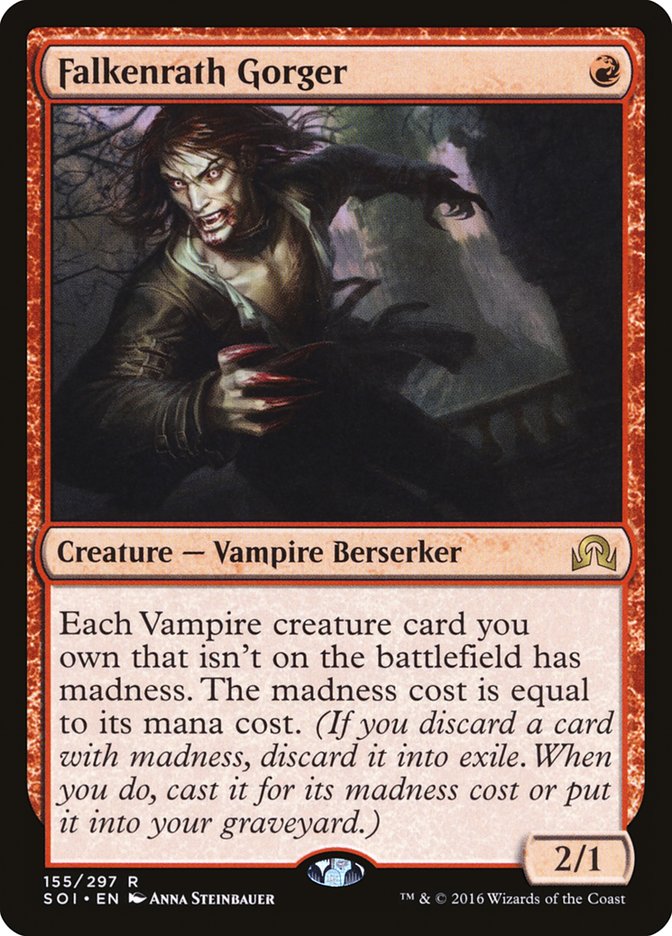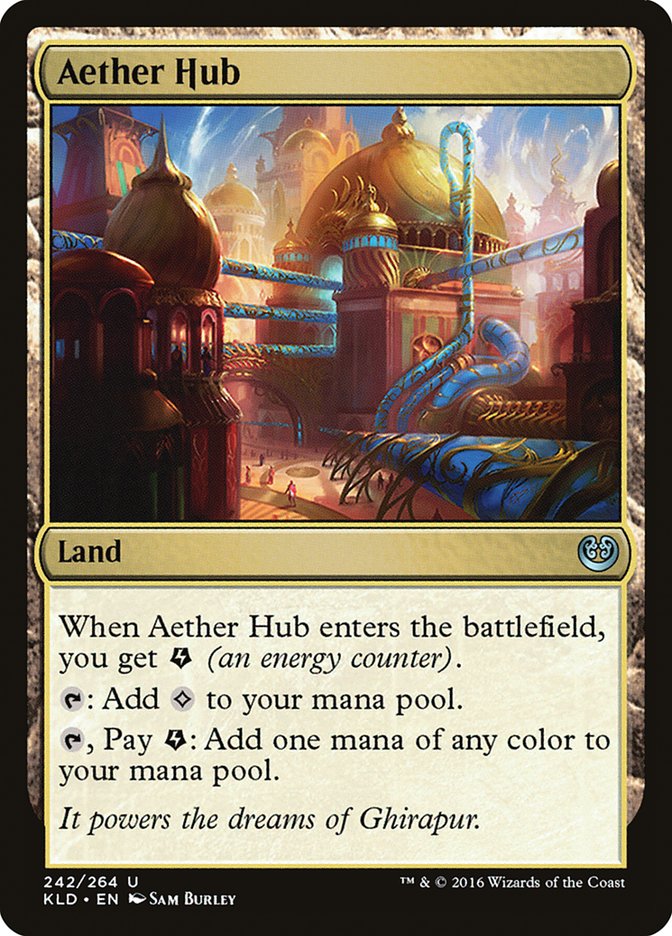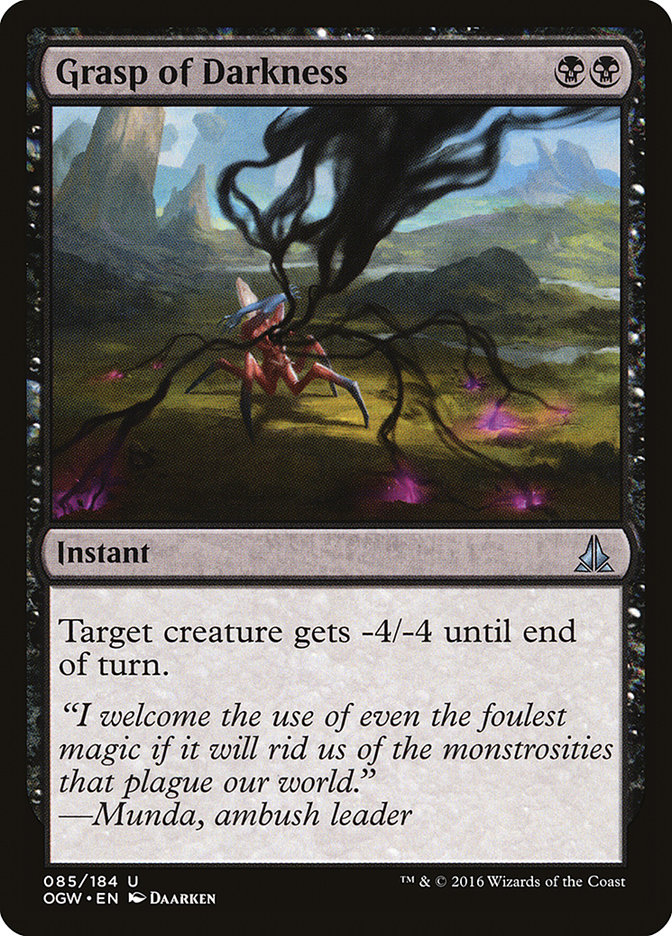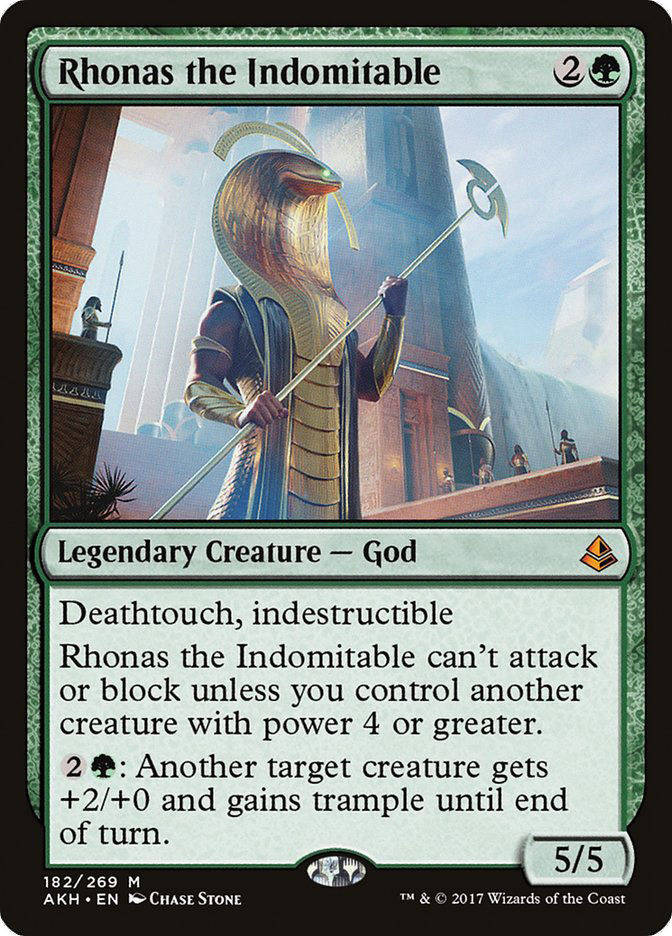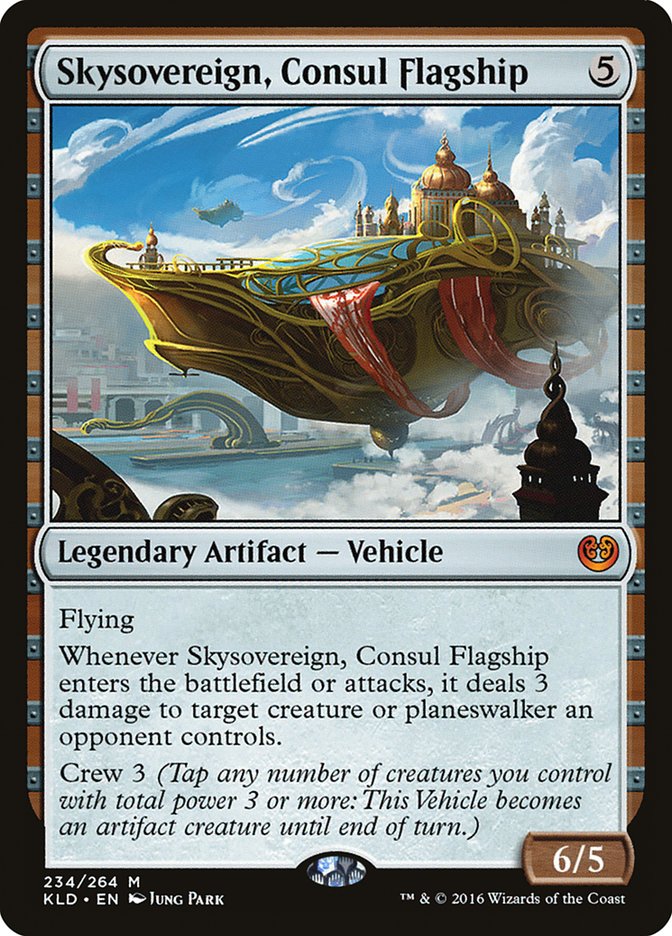Standard is in an amazing place right now.
With a wide range of decks being represented and a trophy being handed to a different deck each week, it’s hard not to find something to love. Does this wide variety of decks and ever-shifting “best” deck mean that the format is unsolved? I don’t think so.
Instead, Standard is just in a place right now that rewards people for correctly choosing what to beat. Don’t believe me?
Creatures (24)
- 4 Longtusk Cub
- 4 Bristling Hydra
- 4 Whirler Virtuoso
- 4 Servant of the Conduit
- 4 Rogue Refiner
- 3 Glorybringer
- 1 Rhonas the Indomitable
Lands (22)
Spells (14)

Three people made the elimination rounds of Grand Prix Denver last weekend with this exact 75, with the most recent Standard Grand Prix sporting zero copies of the archetype in the Top 8.
What is the secret to this? It’s just good deckbuilding.
Good Deckbuilding, Bad Deckbuilding
When people talk about good deckbuilding, they’re referring to card selections that complement one another when together in a deck.
Sometimes this means something as blatant as including Rogue Refiner and Longtusk Cub in the same deck. They’re both serviceable cards in their own right, but they play better together than they do separately.
Other times, good deckbuilding can simply refer to cards working towards a common goal that may not necessarily work together so obviously, yet also go out of their way not to step on each other’s toes.
Why is it that, despite being great at getting people dead, Chandra, Flamecaller doesn’t find her way into the Ramunap Red lists in Standard?
Creatures (23)
- 4 Falkenrath Gorger
- 4 Bomat Courier
- 2 Kari Zev, Skyship Raider
- 3 Hazoret the Fervent
- 4 Ahn-Crop Crasher
- 2 Soul-Scar Mage
- 4 Earthshaker Khenra
Planeswalkers (2)
Lands (24)
Spells (11)

First, the curve of the deck itself tends to be lower to the ground and rewards players for having aggressive draws. Secondly, one of the primary focuses of the deck (Ranumap Ruins) incentivizes players to reduce the number of lands they have on the battlefield. Both of these factors discourage players from choosing to register Chandra, Flamecaller in the maindeck or sideboard of their Ramunap Red lists.
Even after recognizing what good deckbuilding is, that isn’t always going to narrow down how one should build their deck. What it does, however, is narrow down what cards should be played with one another and when it may even be correct to scrap an idea entirely.
Deck Types
When building fair decks in the context of Standard, decks are generally going to fall under the rubrics of “good card” decks, committed decks, and synergy decks.
“Good card” decks tend to be piles of cards that are good in their own right, without help from any other factors. These are your typical midrange decks that look like a pile of mythic rares, plus some other cards that are sprinkled in for the sake of keeping the pilot alive while the mythic rares take over. G/W Tokens from about a year ago is one of the more extreme examples:
Creatures (14)
Planeswalkers (8)
Lands (25)
Spells (13)

Midrange decks are defined by their ability to play both the controlling and aggro roles (a la Who’s the Beatdown) depending on the matchup at hand. This brings us around to the next classification of decks: committed decks.
Committed decks are categorized by their being predominately on one end of the aggro-control spectrum. Aggressive strategies are committed to being the beatdown, and control decks are committed to being the control deck. It’s relatively intuitive when phrased as such.
Synergy decks are the final category of deck, and a wider range of decks fall under this umbrella than the previous groupings. Synergy decks encompass combo decks as well as variations of the aforementioned “good card” decks and committed decks.
For a look at a synergy-based deck that relies pretty heavily on its synergies, we can look at the God-Pharaoh’s Gift decks that have been popping up in the last few weeks:
Creatures (25)
- 4 Thraben Inspector
- 2 Cataclysmic Gearhulk
- 3 Angel of Invention
- 4 Glint-Nest Crane
- 4 Minister of Inquiries
- 4 Walking Ballista
- 4 Champion of Wits
Lands (25)
Spells (10)

Refurbish? Gate to the Afterlife? Minister of Inquiries? A lot of these cards stink!
Pause.
These cards stink in a vacuum, but not in what the deck is trying to do. Gate to the Afterlife is a fantastic Magic card if the entire purpose of the deck is putting a God-Pharaoh’s Gift onto the battlefield. Minister of Inquiries and Refurbish are fantastic if filling the graveyard is the primary goal of the deck.
Synergy decks tend to look very similar to this because they operate under the assumption that whatever they are doing will overpower the ways that other people are winning. If a completely fair deck doesn’t interact with a synergy deck, the synergy deck will generally overpower whatever the fair deck is doing.
God-Pharaoh’s Gift is the epitome of this theory in Standard. Sure, Minister of Inquiries might be an embarrassing Magic card in most contexts, but in this deck, it enables an early copy of the deck’s namesake. The endless stream of buffed and free creatures that God-Pharaoh’s Gift provides will in turn overpower whatever “normal” Magic the opposition is playing.
Brad’s Temur deck from the Grand Prix last weekend is an example of a synergy deck that can play like a “good card” deck. To bring the decklist a bit closer on the page:
Creatures (24)
- 4 Longtusk Cub
- 4 Bristling Hydra
- 4 Whirler Virtuoso
- 4 Servant of the Conduit
- 4 Rogue Refiner
- 3 Glorybringer
- 1 Rhonas the Indomitable
Lands (22)
Spells (14)

All of these cards have the ability to stand on their own, like in a “good card” deck. The difference is that their power level increases drastically relative to the number of energy-matters cards that one draws.
To use Aether Hub as the most basic example, it’s being played in this deck as a near-limitless supply of mana fixing, not as a pseudo-Tendo Ice Bridge. The rest of the cards in the deck fall into the same space. Whirler Virtuoso isn’t in the deck because it does a Catacomb Sifter impression. It’s in the deck because Bristling Hydra and Longtusk Cub can give the artificer more activations in situations where it is beneficial. In other matchups, Whirler Virtuoso providing Bristling Hydra with additional instances of hexproof is going to be better, and so on.
This strength-in-numbers theme is what slots Temur Energy into the synergy classification over the “good card” strategy. Sure, the cards may be good on their own, but playing them in the same deck as one another makes them better.
Building Your Own Decks
Deckbuilding can mean a plethora of different things, and the approach changes a great deal depending on what kind of tournament someone is preparing for,or how someone wants to play Magic. Two of the more technical ways to consider how one builds a deck are top-down and bottom-up design.
Top-down design can be most easily summed up as starting with a blueprint and then working on the deck from there. This is what is most frequently labeled “netdecking,” and generally involves starting with a base list and tweaking it from there. The reason that it’s called top-down is because the groundwork for the deck has already been laid, and at the point that work on the deck begins, the deckbuilder’s job is to make cosmetic changes. Think choosing the flooring or paint on the walls of a house, which is like choosing whether to play six, seven, or eight total copies of Grasp of Darkness and Fatal Push, and in what combination.
Bottom-up design is exactly what it sounds like: building something from the ground up. This type of deck building tends to look like something to the effect of, “I think that Torrential Gearhulk is well-positioned right now, so how can I build a deck to accommodate it?” The method ends up being more time-consuming, albeit more rewarding, when successfully implemented.
A common train of thought that I tend to travel down when preparing for a tournament ends up utilizing both schools of thought, in a way that has the positioning advantage of the bottom-up design but the tweaked feel of the top-down design.
One of the first things that I do when preparing for a tournament is figure out what angle I want to be attacking from. Sometimes it’s determining that linear combo decks are well-positioned. Other times it’s the previously mentioned desire to play a singular well-positioned card in the format.
From there, the next step tends to be looking for decks that already exist that fit the bill, so to speak. To use an experience from a recent tournament, the person I pool cards with determined that linear combo decks were a great place to be in Modern. From there, I looked at linear combo decks that were seeing play, eventually arriving at the conclusion to play U/R Gifts Storm in Richmond.
Creatures (8)
Lands (18)
Spells (34)

Top-down innovations are something that many of us have come to expect from Brad Nelson, and Grand Prix Denver was no exception. I know the list has already been shared a couple of times this article, but stay with me.
Creatures (24)
- 4 Longtusk Cub
- 4 Bristling Hydra
- 4 Whirler Virtuoso
- 4 Servant of the Conduit
- 4 Rogue Refiner
- 3 Glorybringer
- 1 Rhonas the Indomitable
Lands (22)
Spells (14)

Tell me what the sorest thumbs in this decklist are.
The first thing worthy of note is that Chandra, Torch of Defiance is in the sideboard.
Okay, that’s a little odd, but it isn’t completely farfetched.
Ding!
What do the other decks in the Top 8 of Grand Prix Denver all have in common? They’re soft to the sky-boat!
The Temur Energy deck that we’ve been looking at all along shows the beauty of top-down design (an established deck being tweaked to a level that it previously hadn’t reached) and bottom-up applications being demonstrated with the direction that the deck was slanted. It’s no accident that this deck can maindeck multiple copies of the card most commonly sideboarded against the previous-level strategies.
Applying the Process
The next step is using these methods in a way that suits you. Not everybody is going to build decks for the sake of playing at Grand Prix, and not everyone plays to win.
For some people, the best parts of Magic are tweaking a couple of sideboard cards and mastering somebody else’s decklist. For others, the real joy comes from building one’s own deck and adjusting it until it works.
Even if you’re brewing your own decks, top-down design can be used to help borrow ideas from other people’s work and apply it to your own ground-up decklists. If you’re more excited about working on an existing deck, consider how you can fit an unused idea into a known archetype.
This doesn’t even begin to touch on the specifics of what goes into tuning a deck and making cards compensate for one another. But that’s a discussion for another time…


